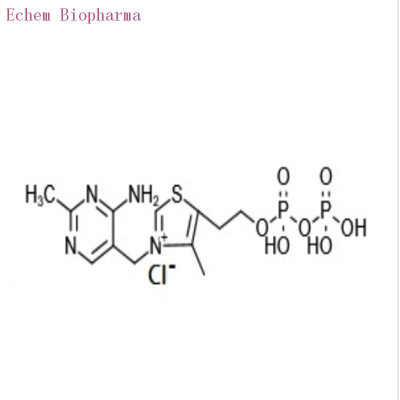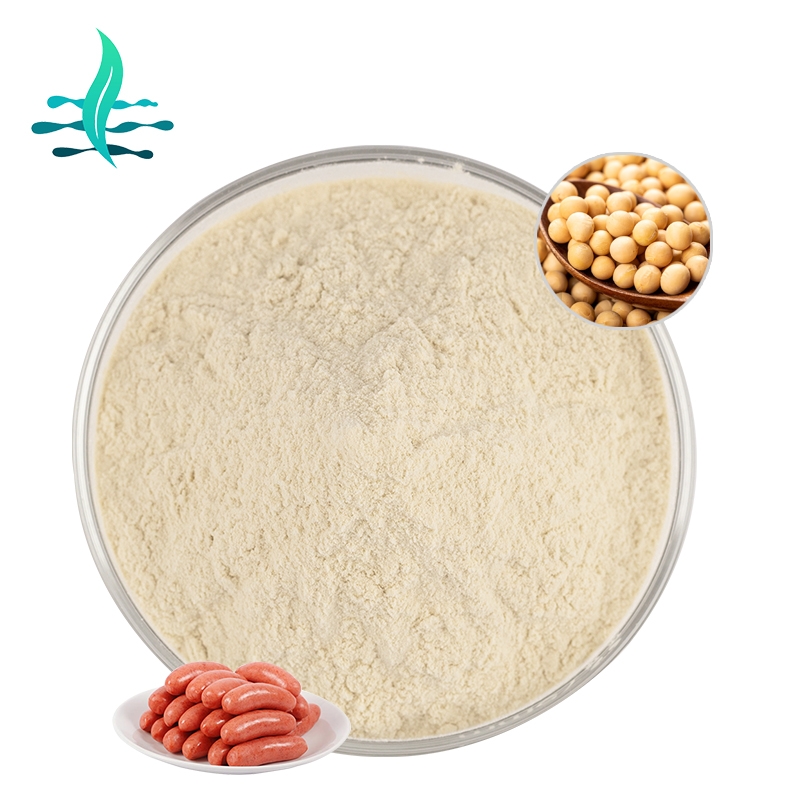-
Categories
-
Pharmaceutical Intermediates
-
Active Pharmaceutical Ingredients
-
Food Additives
- Industrial Coatings
- Agrochemicals
- Dyes and Pigments
- Surfactant
- Flavors and Fragrances
- Chemical Reagents
- Catalyst and Auxiliary
- Natural Products
- Inorganic Chemistry
-
Organic Chemistry
-
Biochemical Engineering
- Analytical Chemistry
- Cosmetic Ingredient
-
Pharmaceutical Intermediates
Promotion
ECHEMI Mall
Wholesale
Weekly Price
Exhibition
News
-
Trade Service
Original title: Buckwheat honey can significantly improve human gut microorganisms
Recently,
China
Agricultural Academy of Agricultural Sciences Bee Research Institute
bee products
processing and functional evaluation team found that
Buckwheat
mission
polyphenols
and
leg polysaccharides
can play a synergistic role in selectively promoting beneficial bacteria growth and inhibiting
pathogenic bacteria
, thus significantly improving the human intestine micro
bio
, which provides a theoretical basis for the quality synergy and depth development of low-cost
life
. The findings were published online in evidence-based
and
medicine, Evidence-
And Alternative Medicine.
, according to Zhang Hongcheng researchers, intestinal bacteria play a vital role in human health, honey has been improving the function of the gastrointestinal tract since ancient times. Buckwheat honey because of the color of dark, flavor stimulation, once as such as foreign products for sale. The paper examines the effects of polyphenols and polysaccharies in buckwheat honey on improving human gut microorganisms. Through high-efficiency liquid chromatography and ion chromatography, 12 polyphenols and 4 polysaccharides were identified in 8 samples of buckwheat honey from different origins, and 4 hydroxybenzene formaldehyde in buckwheat honey was identified for the first time, which can be used as an iconic ingredient of buckwheat honey. By sequencing the human gut microorganisms cultured in-body, the effect of buckwheat honey on improving the gut microorganisms was more obvious than that of the same concentration of LYG.
research was supported by the Science and Technology Innovation Project of the Chinese Academy of Agricultural Sciences and the National Bee Industry Technology System Project.
original link:
.







